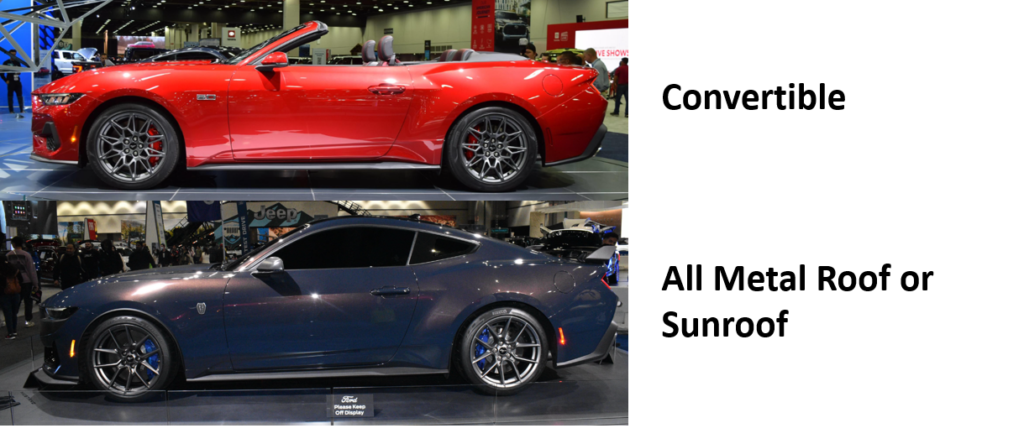Okay, let’s talk about this whole sports car roof thing. I’ve been messing around with cars for a while now, and this time I really wanted to dive deep into what makes a sports car’s roof tick. So, I started this little project, not really knowing where it would take me, but I was excited to find out.

First off, I did a bunch of reading. You know, just surfing the web, hitting up forums, and even some old car manuals I had lying around. I was curious about how car roofs evolved. Turns out, way back when, cars didn’t even have roofs! They were more like those horse carriages from back in the day. Then, slowly but surely, roofs started showing up. I found out that a car roof isn’t just one big piece. Nah, it’s got all these parts like the front header, rear header, and some rails in between. They all come together to make what we call the “greenhouse” of the car – that’s basically everything from the windshield to the back window.
So, with all this new knowledge, I started sketching out some ideas. I wanted to build something, not just read about it. My goal was to create a roof that was not only strong but also looked cool. You see, a sports car’s roof is curved for a reason. It’s not just about looking slick; it actually helps with how the car moves through the air, you know, aerodynamics and stuff. I thought, “What if I could make something that’s even better?”
I started experimenting with different materials. There’s aluminum. People are using it on cars, but it’s not exactly new. It’s strong but lightweight. Then there’s stainless steel, which is super tough and can handle a lot of heat, but it’s heavy. I even looked into some new-age materials that are supposed to be the next big thing. I got my hands on some samples, played around with them, trying to figure out what would be the best for a sports car roof. It had to be tough to protect you in a crash, but also light enough so it wouldn’t slow the car down.
- Experimenting with Materials: Tried out aluminum, stainless steel, and some new composite materials.
- Building Prototypes: Made some small models to see how different materials and shapes worked together.
- Testing Strength and Aerodynamics: Did some basic tests to check how strong my designs were and how they might affect the car’s speed and handling.
After a lot of trial and error, I started building some small models. It was pretty fun, actually. I used these models to test out my ideas. Like, how does this shape hold up if something heavy falls on it? Or how does this design cut through the air? It was a lot of guessing and checking, but I was learning a ton with each model I built.
Finally, I picked a design and material that I thought would work best. I built a bigger model, something that was closer to what you’d see on a real car. I even did some tests to see how it would do in a rollover situation, which, let me tell you, is pretty intense. You gotta make sure that roof can take a beating and still keep the people inside safe. The model held up pretty well, which was a huge relief.
What I Learned
This whole project was a wild ride. I learned so much about car roofs, materials, and even a bit about design. It’s crazy how much thought goes into something that most people probably don’t even think about. I’m really proud of what I accomplished, and it just goes to show that you can learn a lot by just diving in and trying things out. Plus, it’s pretty cool to say that I built a sports car roof, even if it’s just a model. Who knows, maybe one day I’ll get to work on a real one!










